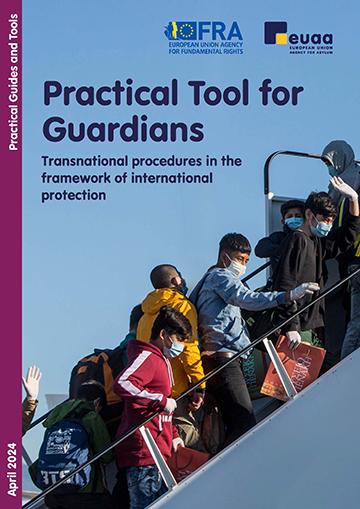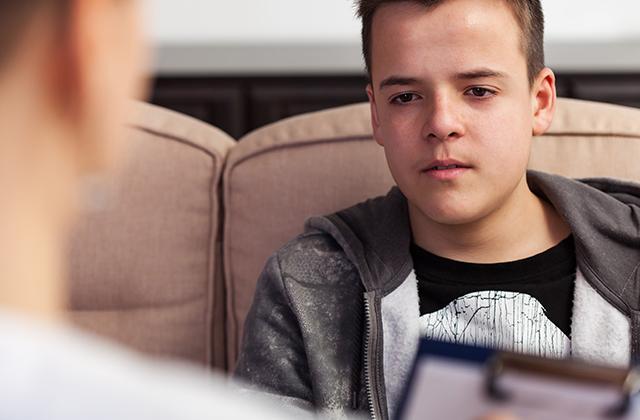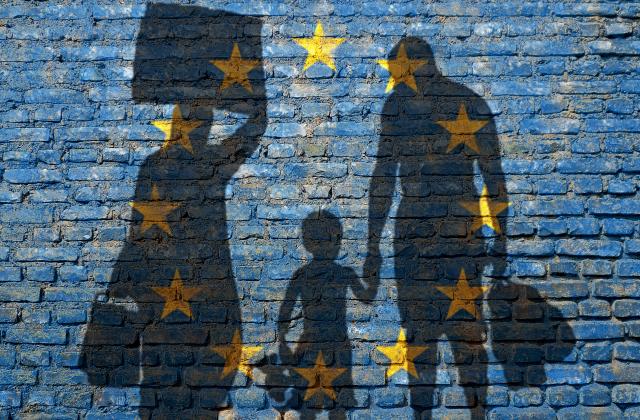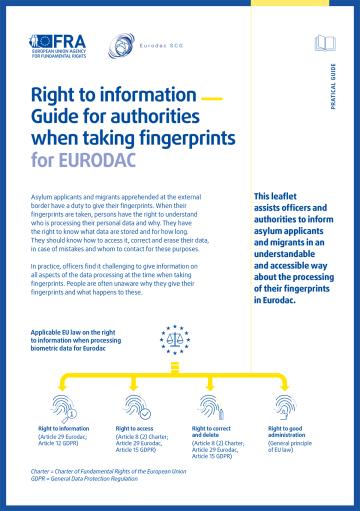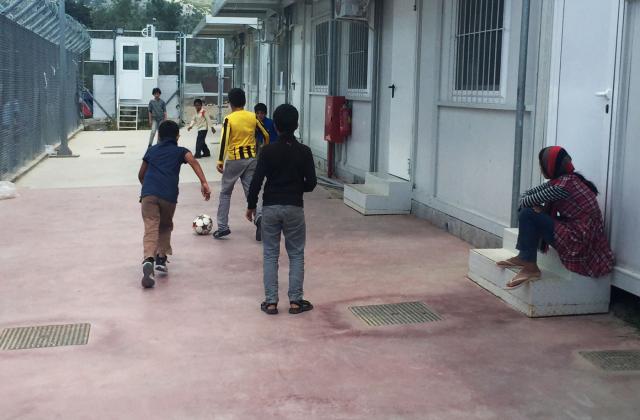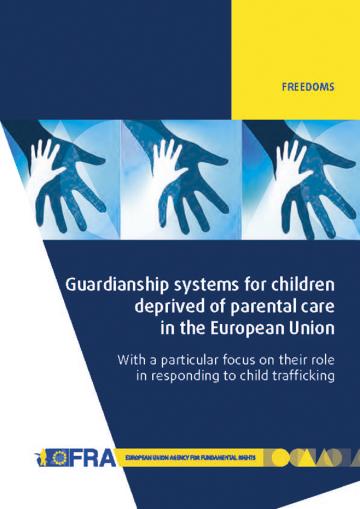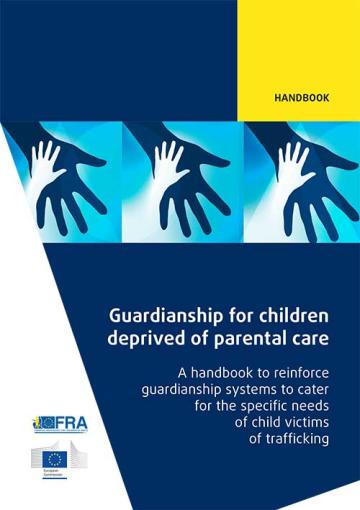EU law provides for the appointment of a representative for unaccompanied children applying for international protection. Guardians should be qualified and equipped to deal with the wide variety of laws and procedures that regulate asylum, migration or other issues they may need to engage with.
In this booklet:
- The Dublin procedure
- Relocation
- Legal pathways: resettlement, complementary pathways and the family reunification procedure
It includes an overview of these procedures with a specific focus on children, the related guarantees and the role of a guardian in the different phases of the procedures.
The booklet is structured in three parts.
The first chapter provides a guide to the procedural rules in the Dublin procedure concerning the country responsible for examining applications of unaccompanied children, including the role of the guardian.
The second chapter provides information on relocation as an example of voluntary solidarity between the EU Member States and Schengen associated countries (EU+ countries). Children can be relocated from a Member State, normally the first country of entry, whose capacity is overstretched due to high number of arrivals, to another Member State that agrees to receive them. During relocation, Member States assist each other to find a durable, safe solution for applicants.
The third chapter touches upon procedures that facilitate movements from third countries. It provides a general overview of humanitarian entry to Europe via resettlement and complementary pathways or government-managed programmes for family reunification.
